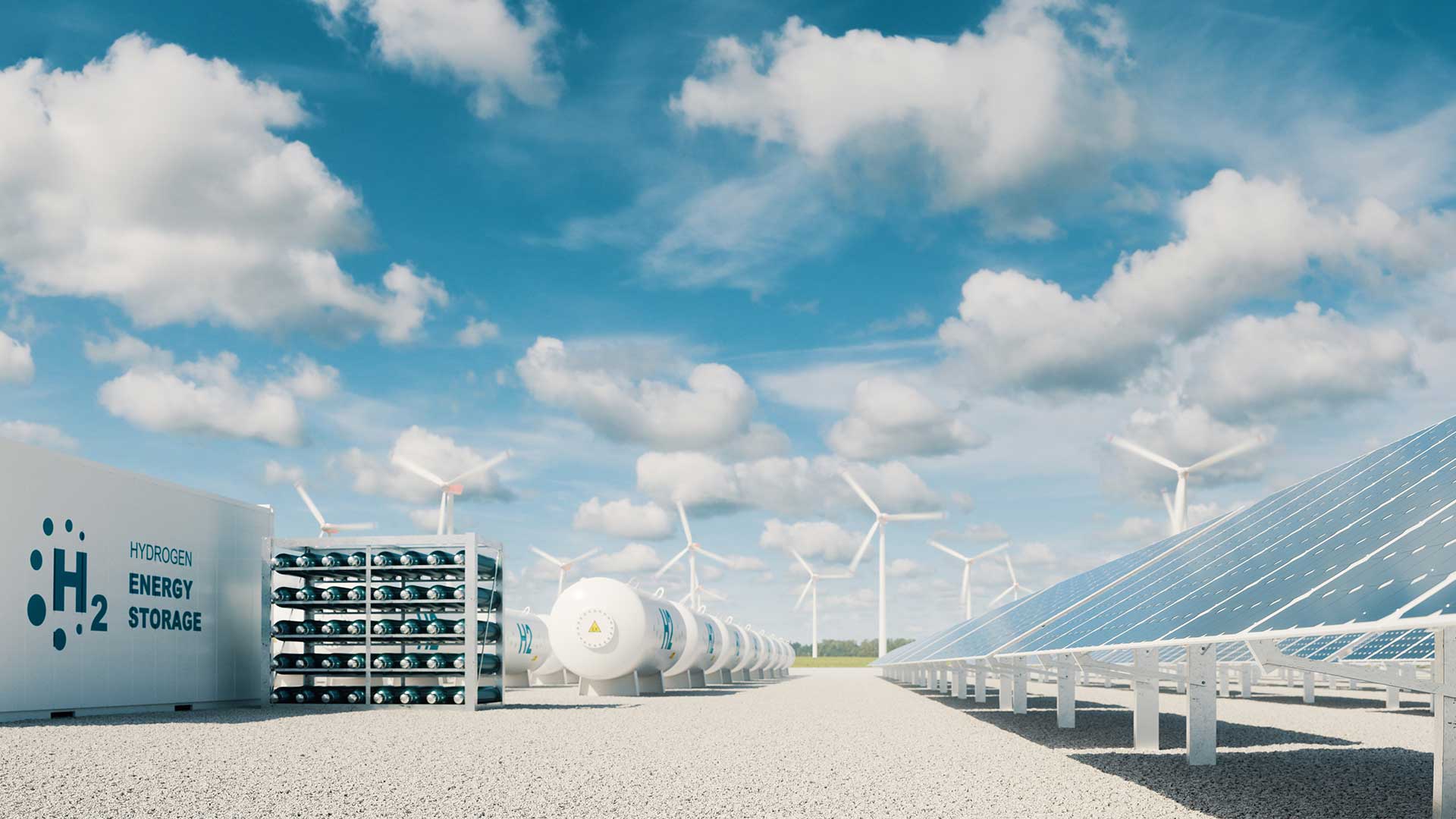Wholesale battery storage for home solar systems Company Profile BLOOPOWER has been engaged in battery technology and production for nearly 10 years, and is committed to the integration and distribution of renewable energy systems. We are the preferred partner in the energy storage industry, providing customers with safe, reliable and innovative energy storage solutions. BLOOPOWER products cover 12V, 24V, 48V, 96V low-voltage series and higher voltage 220V, 360V, 400V, 512V LiFePO4 series household energy storage batteries; In addition, we have also developed a convenient portable energy storage series of batteries. The products range from 500WH low capacity to 5000WH high capacity to meet your life energy storage needs in all aspects. Over the years, BLOOPOWER has maintained a good cooperation relationship with all customers around the world, listening carefully to the needs and feedback of each customer. The recognition of customers is our driving force to forge ahead. We have also been constantly optimizing the supply of products and raw materials to ensure that we can always provide customers with the best quality and affordable products. OUR PRODUCT low voltage solar battery銆乭igh low Voltage solar battery銆乭igh voltage solar battery銆乤ll in one battery銆?/p> 1000 watt power station銆?500 watt power station銆?000 watt power station. OUR FACTORY There are more than 15,000 square meters production workshop, more than 200 employees. More than 20 outstanding technical experts, more than 20 international sales, accumulating rich research and development, production and testing experience and mature customized services. CEO'S MESSAGE Bearing the dream of "power the green world", BLOOPOWER will continue to make efforts to innovate, make unremitting efforts for the reputation of users,provide safe and first-class products for users around the world, and add a bright green to our planet. PRODUCTION MARKET Our products are shipped globally, mainly in Europe, North America, Australia and south Africa. Company Certificate Our products have passed CE, FCC, RoHS, UN38.3 and many other international certifications. Our Service Service in sale Help customers to select products, introduce and show products in details to customers, answer customers' questions, design customers’logo, packing, devices, etc. Pre-sales service Provid technical consulting services, and make the specifc samples for customers. After-sales service The product warranty period is five to ten years Strict Quality Control 1.All products use Grade A LifoPo4 batteries 2.Strict quality inspection of each battery before production 3.Every operation process in the production process has strict quality control management 4.Products undergo multiple safe tests before shippingWholesale battery storage for home solar systems website:
http://www.bloopower.com/Wholesale battery storage for home solar systems Company Profile BLOOPOWER has been engaged in battery technology and production for nearly 10 years, and is committed to the integration and distribution of renewable energy systems. We are the preferred partner in the energy storage industry, providing customers with safe, reliable and innovative energy storage solutions. BLOOPOWER products cover 12V, 24V, 48V, 96V low-voltage series and higher voltage 220V, 360V, 400V, 512V LiFePO4 series household energy storage batteries; In addition, we have also developed a convenient portable energy storage series of batteries. The products range from 500WH low capacity to 5000WH high capacity to meet your life energy storage needs in all aspects. Over the years, BLOOPOWER has maintained a good cooperation relationship with all customers around the world, listening carefully to the needs and feedback of each customer. The recognition of customers is our driving force to forge ahead. We have also been constantly optimizing the supply of products and raw materials to ensure that we can always provide customers with the best quality and affordable products. OUR PRODUCT low voltage solar battery銆乭igh low Voltage solar battery銆乭igh voltage solar battery銆乤ll in one battery銆?/p> 1000 watt power station銆?500 watt power station銆?000 watt power station. OUR FACTORY There are more than 15,000 square meters production workshop, more than 200 employees. More than 20 outstanding technical experts, more than 20 international sales, accumulating rich research and development, production and testing experience and mature customized services. CEO'S MESSAGE Bearing the dream of "power the green world", BLOOPOWER will continue to make efforts to innovate, make unremitting efforts for the reputation of users,provide safe and first-class products for users around the world, and add a bright green to our planet. PRODUCTION MARKET Our products are shipped globally, mainly in Europe, North America, Australia and south Africa. Company Certificate Our products have passed CE, FCC, RoHS, UN38.3 and many other international certifications. Our Service Service in sale Help customers to select products, introduce and show products in details to customers, answer customers' questions, design customers’logo, packing, devices, etc. Pre-sales service Provid technical consulting services, and make the specifc samples for customers. After-sales service The product warranty period is five to ten years Strict Quality Control 1.All products use Grade A LifoPo4 batteries 2.Strict quality inspection of each battery before production 3.Every operation process in the production process has strict quality control management 4.Products undergo multiple safe tests before shippingWholesale battery storage for home solar systems website:http://www.bloopower.com/










